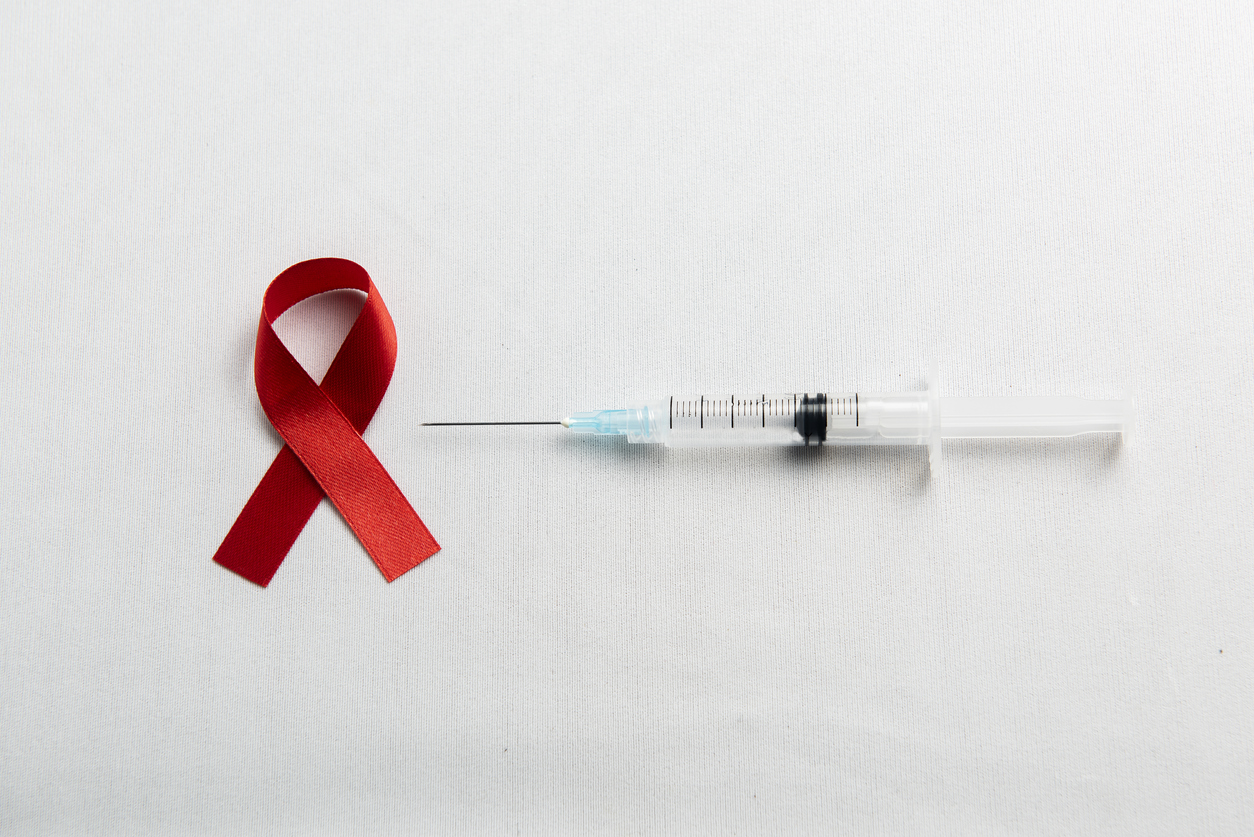2025-07-29
When hepatitis becomes hepatocellular carcinoma
Gastroenterology and Hepatology Oncology
By Lila Rouland | Published on July 29, 2025 | 3 min read
#viralhepatitis #hepatocellularcarcinoma #oncology #biomarkers #inflammation
Introduction: chronic hepatitis, a driver of hepatocellular carcinoma
Hepatocellular carcinoma (HCC), the most common form of primary liver cancer, is primarily caused by chronic infection with hepatitis B virus (HBV) or hepatitis C virus (HCV). These infections lead to persistent liver inflammation, oxidative stress, fibrosis, and ultimately malignant transformation. Despite advances in antiviral treatments and targeted therapies, major challenges remain, including drug resistance and the lack of reliable biomarkers for patient stratification.
Molecular mechanisms of cancerous transformation
HBV and HCV trigger HCC through distinct mechanisms. HBV integrates its DNA into the host genome, causing chromosomal instability and activation of oncogenes. Its HBx protein interferes with apoptotic pathways and DNA repair. HCV, on the other hand, acts via indirect pathways: chronic inflammation, oxidative stress, and disruption of hepatic metabolism through proteins such as NS3 and NS5A, altering cascades like Wnt/β-catenin and PI3K/AKT.
Genomic instability, oxidative stress, and epigenetic alterations
Progression to HCC results from complex synergistic mechanisms:
- Viral integration: genetic mutations, activation of TERT, MYC, and other oncogenes.
- Epigenetic alterations: abnormal DNA/RNA methylation, histone modification, dysregulation of non-coding RNAs.
- Oxidative stress: accumulation of reactive oxygen species (ROS), mitochondrial damage, activation of tumorigenic pathways.
Chronic inflammation and immune evasion
The tumor microenvironment is characterized by:
- T cell exhaustion and diminished antiviral immune responses.
- Accumulation of immunosuppressive cells (Tregs, myeloid-derived suppressor cells, M2 macrophages).
- Activation of hepatic stellate cells, driving fibrosis and tumor angiogenesis.
Role of the gut microbiota: an emerging player in HCC
The gut–liver axis plays an increasing role in HCC development. Intestinal dysbiosis, marked by the loss of beneficial bacteria such as Bifidobacterium, weakens the intestinal barrier and promotes systemic inflammation. Bacterial metabolites such as LPS activate TLRs, amplifying hepatic inflammatory responses.
Activation of oncogenic pathways: key therapeutic targets
Viral proteins exploit several signaling pathways:
- NF-κB and JAK/STAT: inflammation and proliferation.
- PI3K/AKT and MAPK: cell survival.
- Wnt/β-catenin, VEGF,
p53: angiogenesis, immune evasion, genomic instability.
Decoding to prevent
Antiviral treatments—nucleoside analogues for HBV and direct-acting antivirals for HCV—reduce viral load but do not entirely eliminate the risk of HCC. Ultrasound surveillance remains essential, especially in cases of cirrhosis. New avenues include:
- Immunotherapy (immune checkpoint inhibitors)
- Gene therapy
- Microbiota modulation
- Epigenetic targeting and therapeutic RNA
An integrated approach targeting the multiple pathways activated in virally induced HCC offers promising prospects for personalized medicine and improved patient outcomes.
Read next: Hepatitis C: 5-minute test, accurate results?
About the Author – Lila Rouland
Doctor of Oncology, specialized in Biotechnology and Management
With dual expertise in science and marketing, Lila brings her knowledge to the service of healthcare innovation. After five years in international academic research, she transitioned into medical and scientific communication within the pharmaceutical industry. Now working as a medical writer and content developer, she is committed to highlighting scientific knowledge and conveying it to healthcare professionals with clarity and relevance.

Last press reviews
Twice-yearly injections to change the game?

By Ana Espino | Published on December 3rd, 2025 | 3 min read
HIV & young people: what if we changed the rules?

By Ana Espino | Published on December 2nd, 2025 | 2 min read
